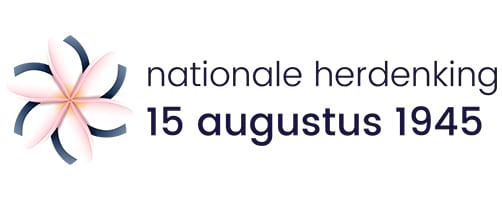
Indies Monument in Almelo
On 15 August 1945, the Second World War came to an end not only in South-East Asia but for the whole Kingdom of the Netherlands. Our country holds annual official ceremonies at various Indies Monuments throughout the land to commemorate all victims of the Japanese occupation: civilians and members of the armed forces, women, men and children, inside and outside the Japanese camps. Each year, unlike the other Indies commemorations which are organised in August, remembrance for the members of the armed forces from Almelo who fell in the former Dutch Indies and Dutch New Guinea takes place on 14 August to give people the opportunity to attend both commemorations.
Indies Monument in Enschede
The oldest Indies Monument in the Netherlands stands in Enschede. It was erected in memory of the members of the armed forces who fell in South-East Asia between 1941-1949. The Monument was designed by the sculptor, H.L. Petri, and unveiled in 1960 by Mrs Spoor-Dijkema, the widow of General S.H. Spoor. The commemoration takes place on 15 August. Organising committee: Stichting Herdenking Gevallenen in Zuidoost Azië (Commemoration of the Fallen in South-East Asia Foundation), tel. 053-4760920
Indies Monument Amstelveen
Designer Ella van de Ven described the symbolism of this memorial as follows: “The left side shows a group of people in relief and represents the past. This is mirrored in the polished section below it. The right side shows a large group of people representing those who returned. They have not been designed in relief, but are figurative.” The commemoration takes place annually on 14 August in Amstelveen, C.P. Broersepark.
Indies Monument Den Bosch
The Indies Monument commemorates the 35 members of the armed forces from ‘s Hertogenbosch who fell in the Dutch Indies between 1941 en 1962.
Other commemorations in the Netherlands
A full list of similar commemorations in the Netherlands will be published here as soon as possible.
Remembering outside of The Netherlands
Traces of the Japanese occupation in the Dutch East Indies can still be found outside the Netherlands, such as war cemeteries and memorials in Asia and Australia. Find all memorials at the Remembrance section.
